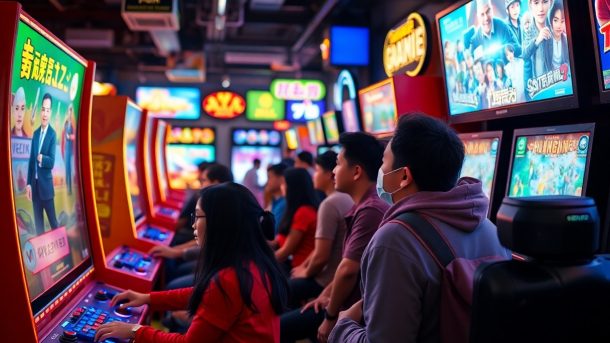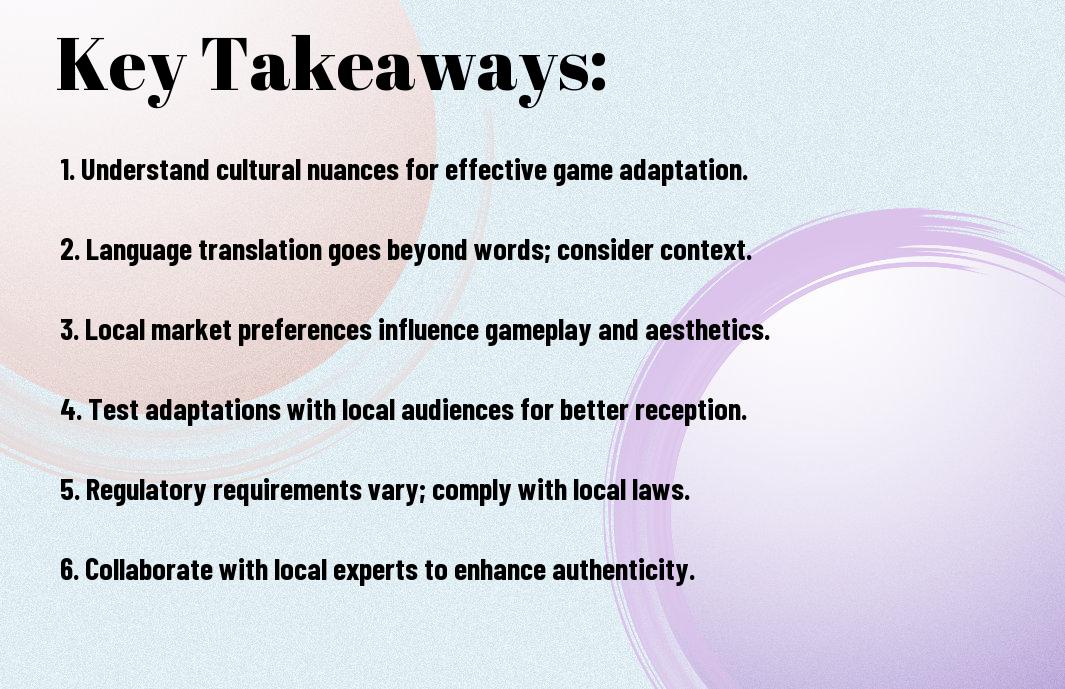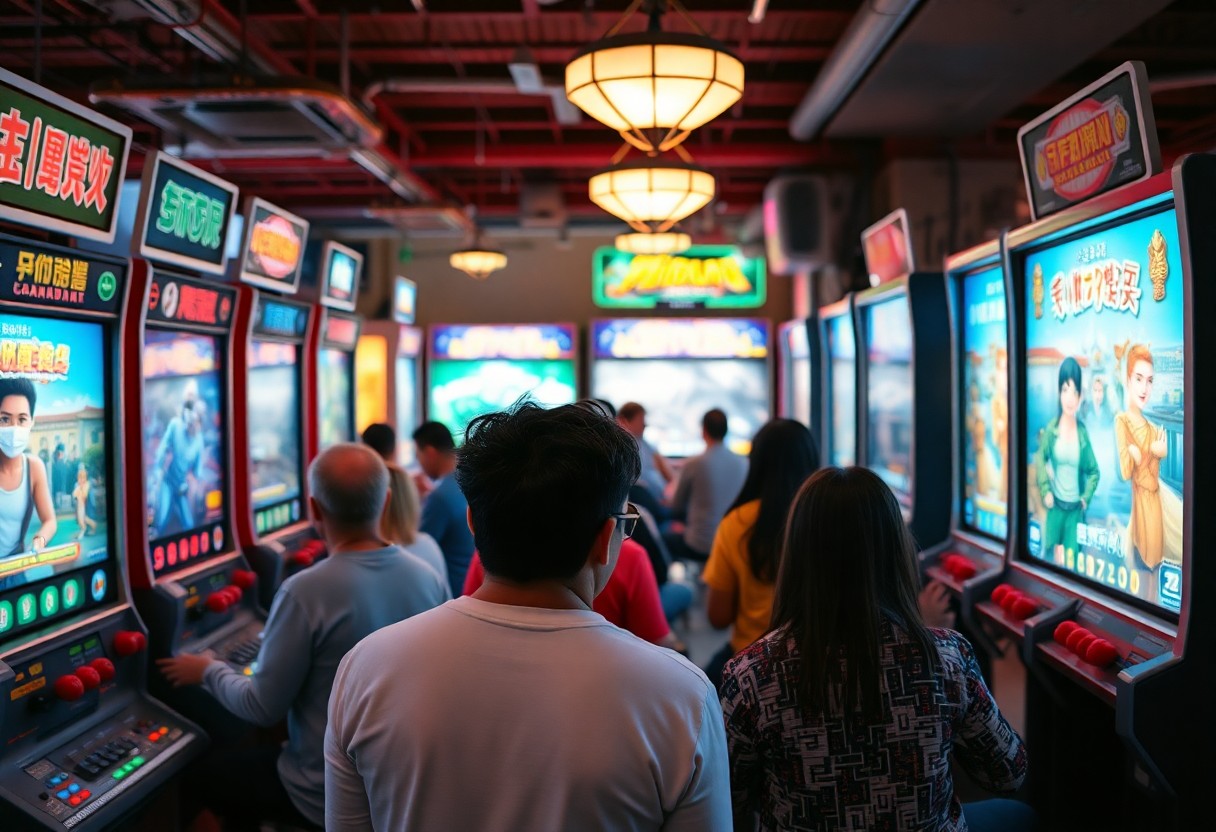As you explore the world of gaming, you may have noticed that your favorite games are available in multiple languages. You can play them with your friends from different countries, and the experience is seamless. This is thanks to video game localization, a process that allows games to reach a global audience. You can now enjoy games from around the world, tailored to your local culture and language, making your gaming experience more immersive and engaging.
Key Takeaways:
- Video game localization is the process of adapting a game for different languages, cultures, and regions to make it accessible and enjoyable for a global audience.
- Cultural sensitivity and awareness are imperative in game localization to avoid unintended offense or misinterpretation of cultural references and nuances.
- Localization involves translating text, audio, and visual elements, as well as adapting gameplay mechanics, user interfaces, and overall user experience to suit local preferences.
- Effective localization requires a deep understanding of the target audience, including their language, culture, and gaming habits, to ensure the game resonates with local players.
- Game developers should consider localization from the outset, rather than as an afterthought, to ensure a smooth and efficient localization process.
- Localization can significantly impact a game’s commercial success, as a well-localized game can attract a larger and more engaged player base in new markets.
- The rise of digital distribution platforms and online gaming communities has made it easier for developers to reach global audiences, highlighting the importance of localization in the modern gaming industry.
Cultural Adaptation Process
A key aspect of video game localization is adapting the game to fit the cultural context of your target audience, ensuring that your game is both accessible and enjoyable for players from diverse backgrounds.
Language Translation Fundamentals
One of the primary steps in localizing a game is translating the language, which involves converting the text, audio, and visual elements into the target language, allowing you to reach a broader audience and making your game more appealing to your players.
Cultural Context Modifications
Beside language translation, cultural context modifications are vital to ensure that your game is sensitive to the cultural nuances of your target audience, and you need to consider factors such as customs, traditions, and values when adapting your game.
Translation of cultural context involves more than just language conversion, as you will need to consider the cultural references, symbolism, and imagery used in your game, and adapt them to fit the cultural context of your target audience, ensuring that your game is both respectful and engaging to your players.
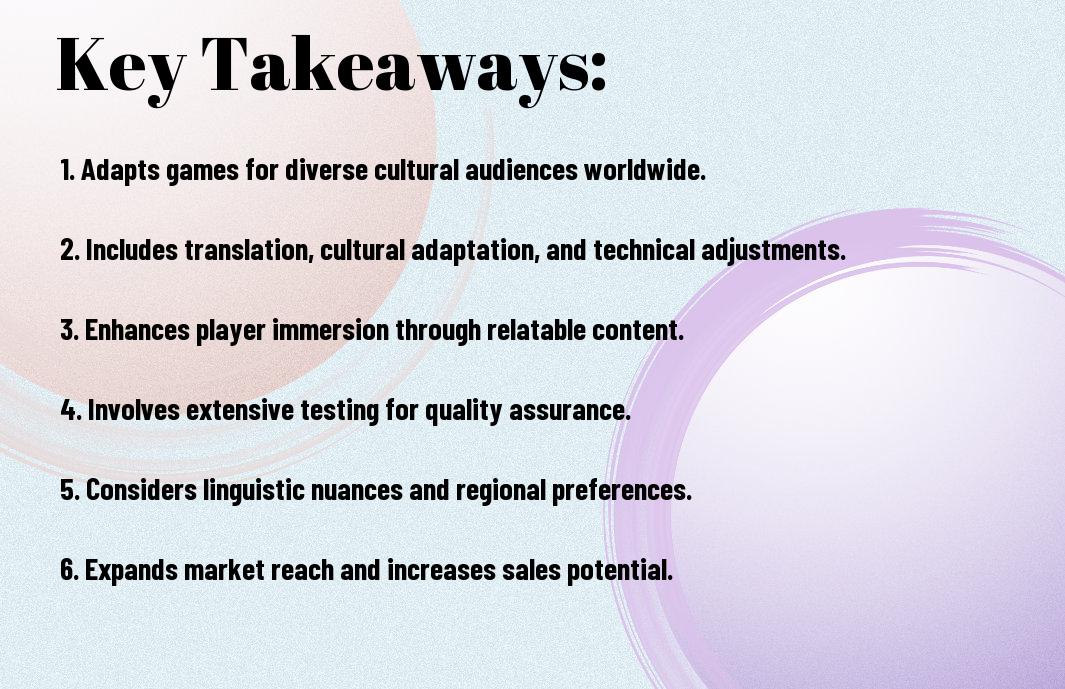
Technical Aspects
Now that you’re familiar with the importance of localization, it’s time to explore the technical aspects of bringing your game to a global audience. You’ll need to consider various factors, including text implementation, audio localization, and cultural adaptation, to ensure a seamless gaming experience for your players.
Text Implementation
Implementing translated text into your game is a complex process, and you’ll need to consider factors such as font styles, character limits, and formatting to ensure that your text is displayed correctly across different languages and regions.
Audio Localization
Along with text, audio elements such as voiceovers, sound effects, and music also require localization to create an immersive experience for your players. You’ll need to adapt your audio content to suit the cultural and linguistic preferences of your target audience.
In addition to translating dialogue and subtitles, you may also need to adjust the tone, pitch, and volume of your audio elements to ensure that they resonate with your local audience, taking into account their unique cultural nuances and expectations, and you should consider hiring local voice actors and audio engineers to ensure that your audio content sounds authentic and engaging.
Market Considerations
To successfully localize a video game, you need to consider the target market’s unique characteristics, including cultural nuances, player preferences, and regulatory requirements. Your goal is to create an immersive experience that resonates with local audiences.
Regional Gaming Preferences
Above all, you should understand the regional gaming preferences that shape your target audience’s expectations. You will need to adapt your game to cater to these preferences, ensuring that the gameplay, storyline, and characters appeal to local players.
Regulatory Requirements
Gaming companies must comply with the regulatory requirements of each region, which can vary significantly. You will need to ensure that your game meets the specific standards and guidelines set by local authorities, such as age ratings, content restrictions, and technical specifications.
Hence, as you navigate the complex landscape of regulatory requirements, you will need to conduct thorough research and consult with local experts to guarantee compliance. This will help you avoid potential pitfalls, such as fines, bans, or reputational damage, and ensure a smooth launch of your game in the target market.
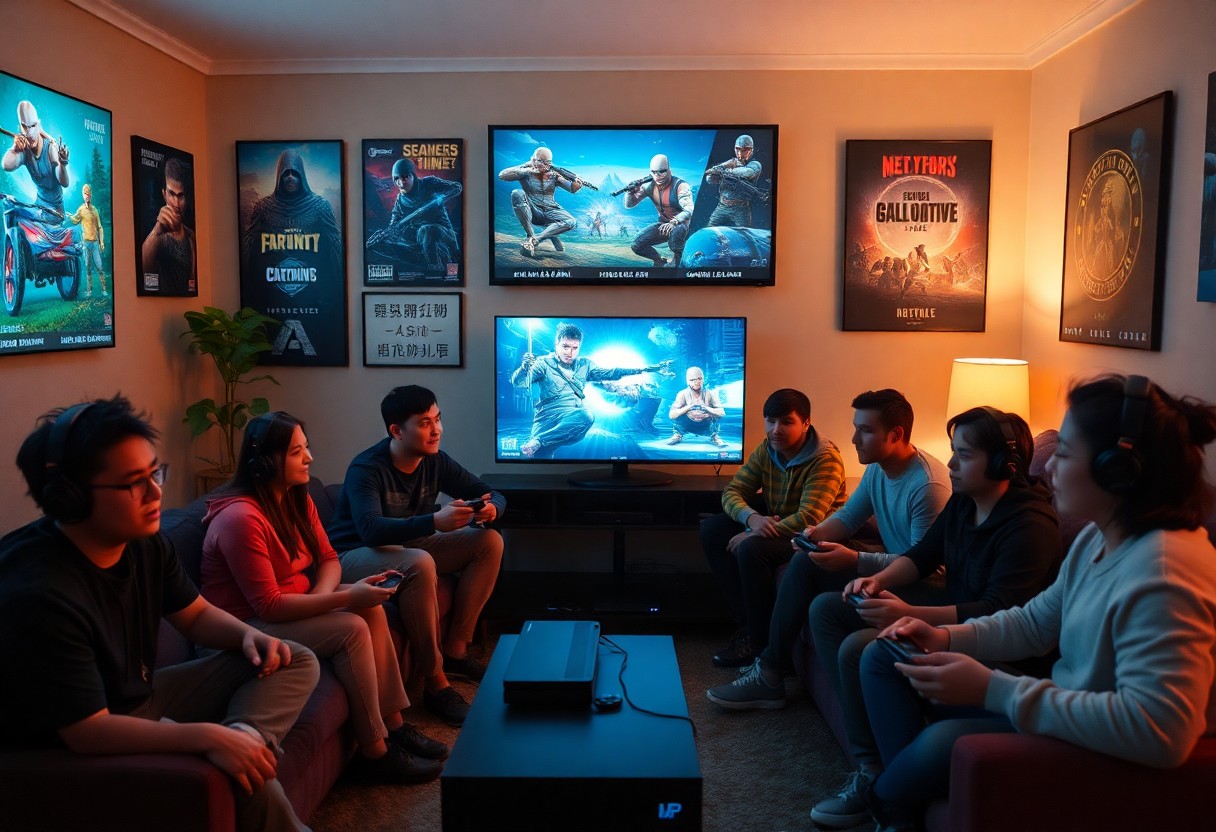
Quality Assurance
All aspects of video game localization require careful attention to detail, and quality assurance is no exception. You need to ensure that your localized game meets the highest standards of quality, from translation to cultural adaptation.
Cultural Sensitivity Testing
About the cultural nuances of your game, you should consider testing to ensure that your content is respectful and appropriate for your target audience. You can test your game with a diverse group of players to identify any potential issues.
Linguistic Accuracy Verification
The accuracy of your in-game text and dialogue is vital to the overall gaming experience. You should verify that all text has been translated correctly and is free of errors, ensuring that your game is enjoyable and immersive for players.
But as you investigate deeper into linguistic accuracy verification, you will find that it involves more than just checking for grammatical errors. You need to consider the context and tone of the text, as well as the cultural references and nuances that may be lost in translation, to ensure that your game’s message is conveyed accurately and effectively to your target audience.
Challenges in Game Localization
Unlike other forms of localization, game localization presents unique obstacles, as you can learn more about Adapting Video Games for Global Audiences to understand the complexity involved.
Timing and Space Constraints
Above all, after you begin the localization process, you will face tight deadlines and limited space for text and audio, requiring careful planning and execution to ensure a smooth gaming experience.
Cultural Nuances and Idioms
Behind every successful game localization is a deep understanding of cultural differences, as you need to consider the subtleties of language and cultural references that may not translate directly.
Due to the complexity of cultural nuances and idioms, you must conduct thorough research and testing to ensure that your game is respectful and engaging for your target audience, avoiding unintended offense or misinterpretation that could harm your game’s reputation and sales.
Impact on Global Gaming
After successful localization, your game can reach a broader audience, increasing its global appeal and player base, which can lead to increased revenue and recognition for your brand.
Player Experience
For instance, when you play a game that has been well-localized, you can fully immerse yourself in the game world, enjoying the story, characters, and gameplay without any language or cultural barriers.
Market Success Factors
To achieve market success, you should consider the following factors:
- Cultural adaptation
- Language translation
- Regional preferences
Thou can then use these factors to create a localized game that meets the needs and expectations of your target audience.
Plus, when you take the time to properly localize your game, you can increase player engagement and satisfaction, which can lead to positive reviews and word-of-mouth marketing, ultimately driving your game’s success in the global market:
- Accurate translation
- Cultural sensitivity
- Regional customization
Thou can then enjoy the benefits of a successful game launch, with a loyal player base and a strong reputation in the gaming industry.
Summing up
Drawing together the various aspects of video game localization, you can see how it enables your favorite games to reach a broader audience. As you explore the world of gaming, you’ll notice how localization brings global games to your local market, allowing you to enjoy them in your native language. Your gaming experience is enhanced, and you can appreciate the cultural nuances that make each game unique, thanks to the efforts of localizers who work tirelessly to bring these games to your doorstep.
FAQ
Q: What is video game localization and why is it important for game developers?
A: Video game localization is the process of adapting a game to meet the cultural, linguistic, and technical requirements of a specific region or country. This involves translating text, audio, and video content, as well as modifying game mechanics, art, and user interface to ensure that the game is accessible and enjoyable for local players. Game localization is important because it allows developers to reach a broader audience, increase revenue, and build a stronger global brand. By localizing their games, developers can tap into new markets, improve player engagement, and stay competitive in the global gaming industry.
Q: What are the key steps involved in the video game localization process?
A: The video game localization process typically involves several key steps, including: internationalization, which involves preparing the game for localization by separating code from content and making it adaptable to different languages and cultures; translation, which involves converting text, audio, and video content into the target language; culturalization, which involves adapting game content to meet local cultural and regulatory requirements; testing, which involves verifying that the localized game meets quality and functionality standards; and certification, which involves obtaining necessary approvals and ratings from local authorities. Each step requires careful planning, coordination, and execution to ensure that the localized game meets the needs and expectations of local players.
Q: How can game developers ensure that their localized games are of high quality and meet the needs of local audiences?
A: To ensure that their localized games are of high quality and meet the needs of local audiences, game developers should work with experienced localization teams and follow best practices, such as: conducting thorough market research to understand local player preferences and cultural nuances; using native-speaking translators and testers to ensure accuracy and authenticity; testing the game extensively to identify and fix bugs and cultural issues; collaborating with local partners and experts to ensure compliance with local regulations and standards; and monitoring player feedback and reviews to identify areas for improvement. By taking a player-centric approach and prioritizing quality and cultural sensitivity, game developers can create localized games that resonate with local audiences and drive business success.

